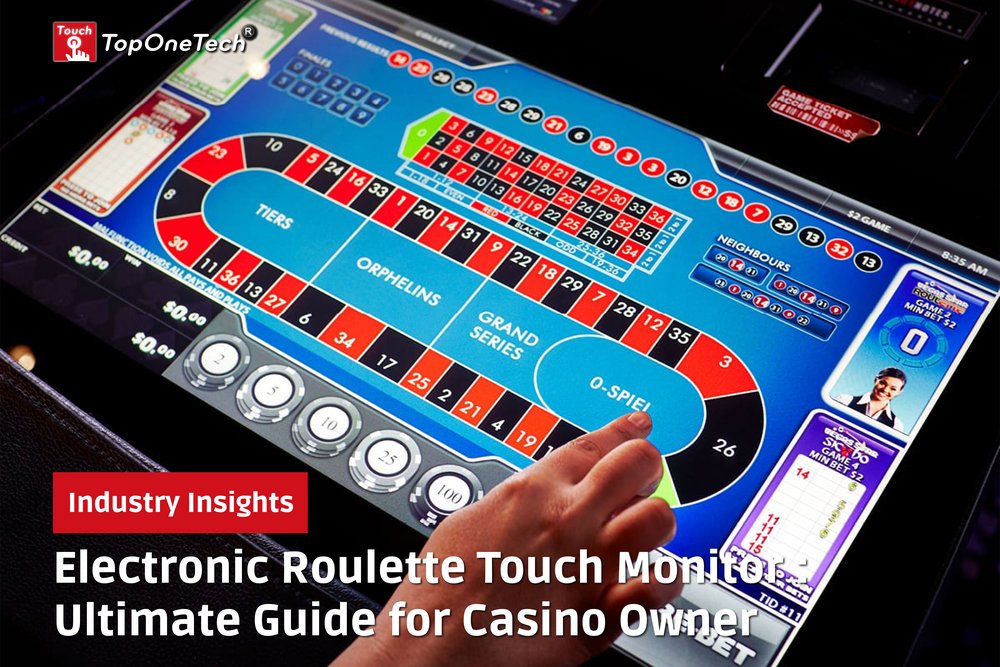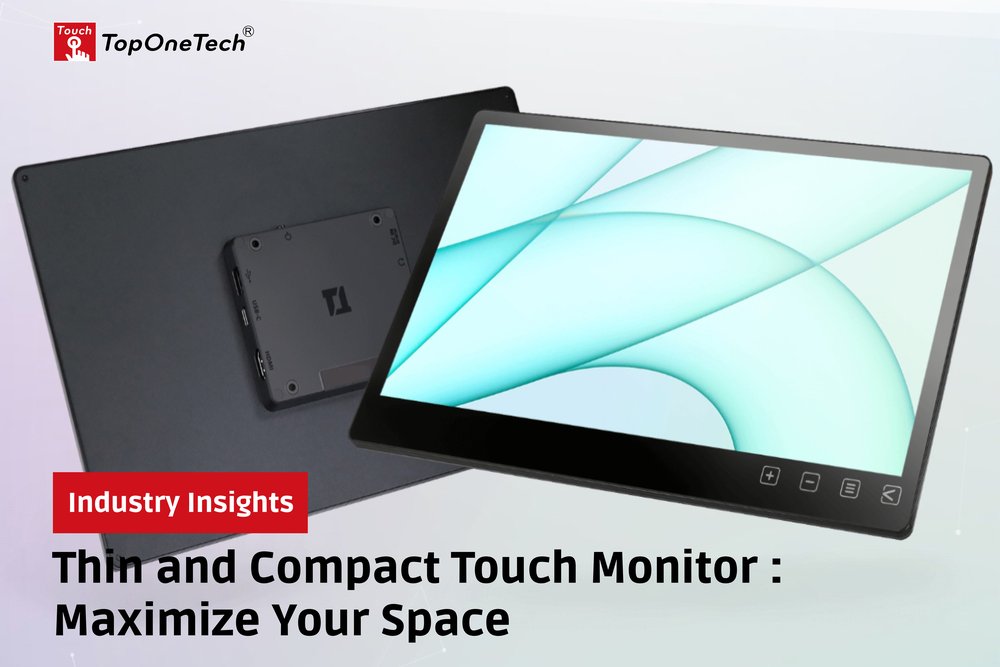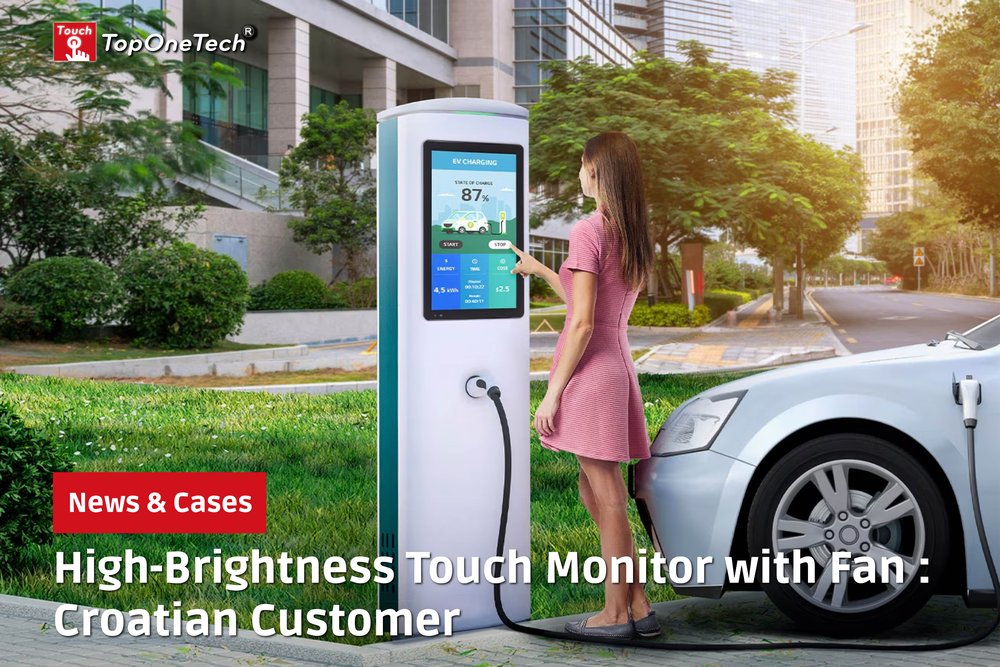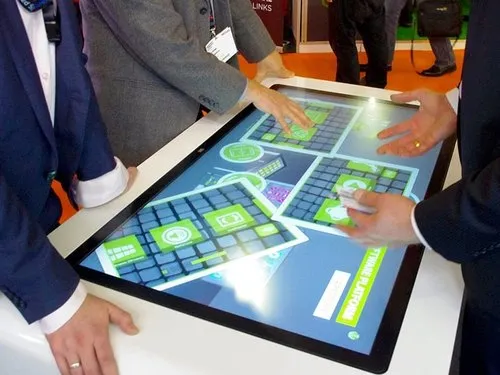
Definition of Multi-touch Screen
Multi-touch refers to a touchscreen interaction technique that the simultaneous multi-point or multi-user interactive operation can be achieved on the same display, which gets rid of the limitation of single-point and single-user operation modes such as keyboard and mouse. Users can perform single-touch and multi-touch with two hands and all fingers, and can also touch the screen with different gestures such as single-click, double-click, drag, press, scroll, and rotate to achieve navigation or to control objects, so as to better and more comprehensively understand the relevant characteristics of the object (Text, video, picture, 3D simulation information, etc.). Compared with single-touch, the main advantage of a multi-touch screen is that it can enhance the flexibility of screen operation and performance of human-computer interaction, enabling collaborative operation by multi-users and increasing user operation effectiveness and pleasure based on different usage scenarios
Work Mechanism of Multi-touch Screen
Multi-touch technology can be understood as decomposing the work of the touch screen into two steps, one is to collect multi-point input signals at the same time, and the other is to identify the meaning of each signal, so as to realize click and touch operation by multiple fingers on the screen at the same time.
At present, the main types of touch screens on the market, including capacitive screens, resistive screens, infrared screens, and surface acoustic wave screens, all support multi-touch. The realization mechanisms of the multi-touch functions of different touch screens are somewhat different.
Work Mechanism of Different Types of Multi-touch Screens
Infrared Screen
The infrared screen achieves its multi-touch function by projecting infrared rays onto the screen through the projection method. When the screen is blocked, the infrared rays will be reflected, and the camera under the screen will capture the reflection. After system analysis, it can make a response. It will add LED light to the interlayer of the screen. When the user presses the screen, the interlayer light will cause different reflection effects, and the sensor will receive the light change to capture the user’s press point.
Capacitive Screen
To achieve the multi-touch function, capacitive screens incorporate electrodes of mutual capacitance. Essentially, the screen is divided into blocks, with each area containing a set of mutual capacitance modules that operate independently. This setup allows the capacitive screen to detect touch signals from each area separately. Multi-touch capability is then achieved through straightforward processing. Capacitive touch screens possess higher sensitivity and multi-touch capabilities, but they are susceptible to interference from moisture, dirt, or gloves.
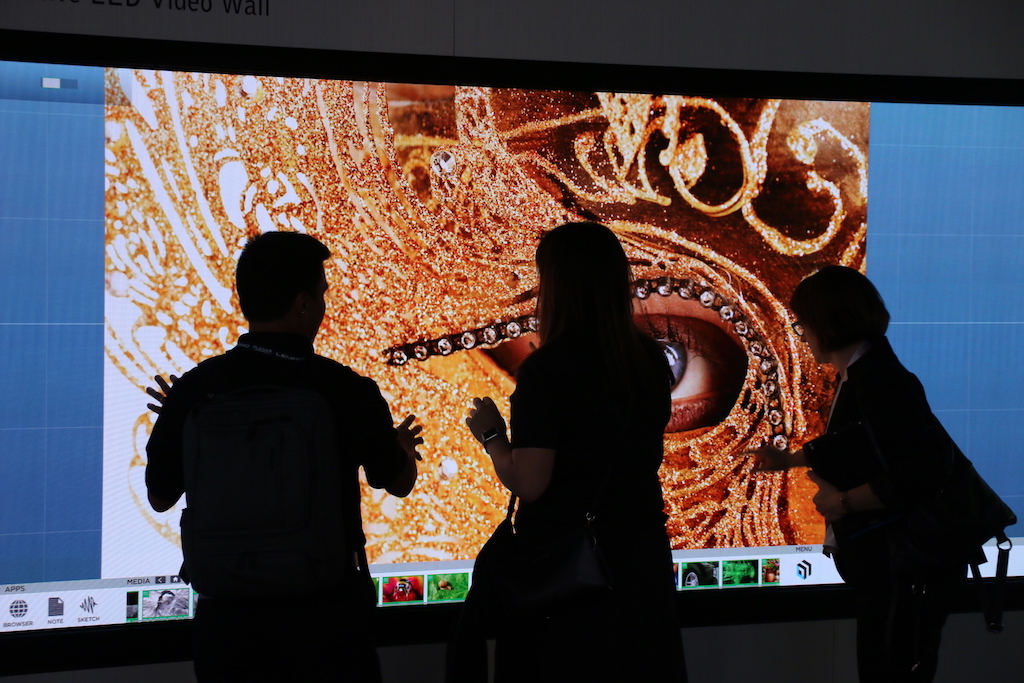
Resistive Touch Screen
In the past, resistive touchscreens did not support multi-touch operation. With the technology development, this has become achievable. Manufacturers can now produce resistive touchscreens that support multi-touch operation. Resistive touchscreens work by sensing pressure on the screen to detect touch commands. A Touch on the display surface will make the device’s top layer down onto the bottom layer within the area of your touch command. The resistive touchscreen will then respond by registering this area as a touch command. Multi-touch resistive touchscreens utilize touch pressure to locate each touch, following the same principle as other multi-touch technologies.
Surface Acoustic Wave (SAW) Touch Screen
Surface acoustic wave (SAW) touchscreens support multi-touch operation too. They work by emitting ultrasonic waves over the surface of the display. Manufacturers place corresponding sensors on the edges of the display interface to read and analyze these ultrasonic waves. When users touch the display interface, it will disrupt the ultrasonic waves in that area. Like resistive touchscreens, most SAW touchscreens designed in the past didn’t support multi-touch operation. Manufacturers have made efforts to introduce new technologies that allow SAW touchscreens to detect multiple simultaneous points of contact.
Applications of Multi-touch Screen
Currently, multi-touch screens find applications in various fields, including personal consumer electronics, commercial, industrial, and educational settings.
Personal Consumer
Personal consumer digital products, with their small size and limited concurrent touches (usually two to five points), require greater control accuracy. Additionally, personal consumer digital products must support handwriting functions and a broad spectrum of application categories at the backend. Consequently, personal consumer digital products widely observe single-person multi-point operation during the application process. Multi-touch technology in small-sized personal consumer digital products is advancing towards refinement and is currently highly mature.
Commercial
Commercial multi-touch touchscreen devices often have higher concurrency, but lower control precision requirements. Most of them do not require handwriting input functions, and their backend applications are relatively monotonous, focusing on applications of a certain type of content.
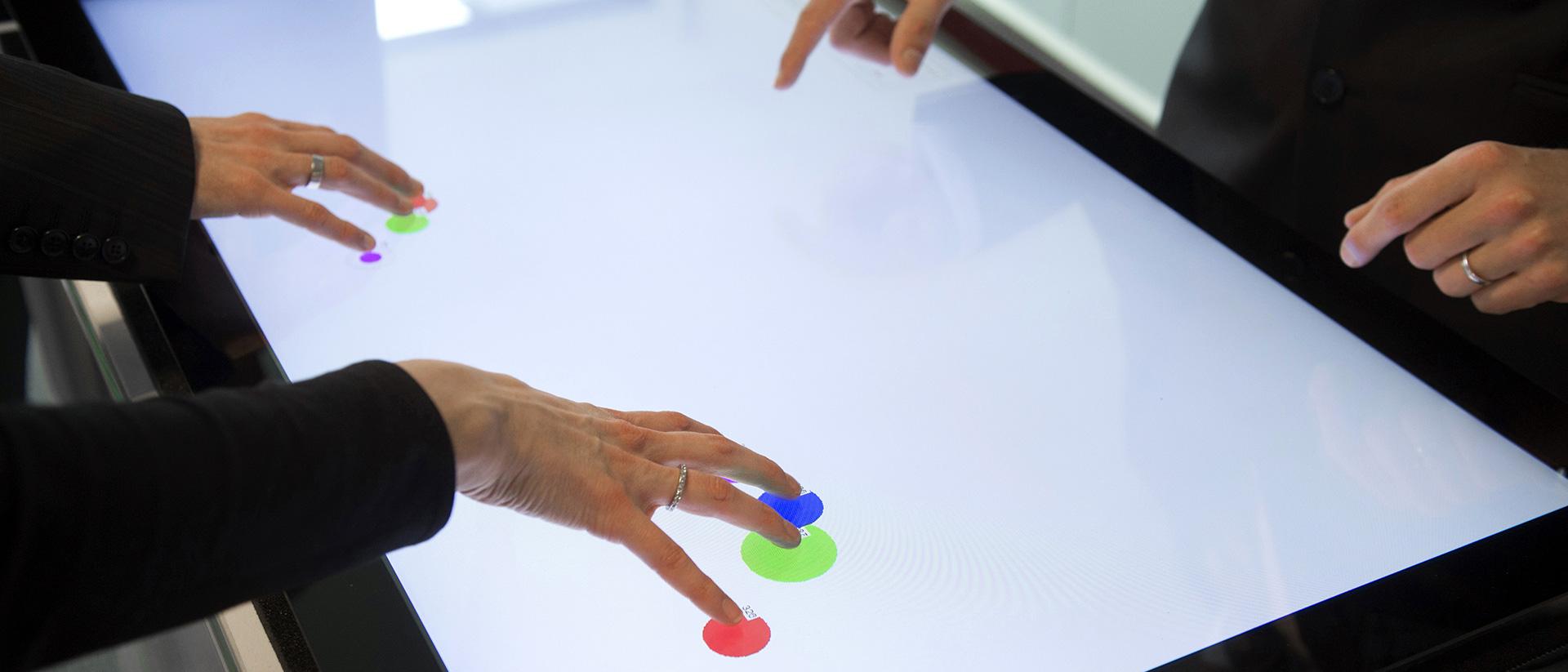
Industrial
In industrial settings, multi-touch display screens offer greater flexibility compared to traditional ones, enabling more convenient data input and operation. Multi-touch technology enables users to employ multiple fingers or gestures for touch control, enhancing interactive experiences, work efficiency, and data input. Multi-touch industrial displays can support a variety of data visualization methods like charts. They can support several people to operate at the same time, making collaboration more convenient and efficient.
Multi-touch industrial displays enhance device security through password setting and fingerprint recognition, safeguarding sensitive data from theft or leakage. Multi-touch industrial PCs typically feature an open system, facilitating the integration of diverse software and applications to suit various industrial requirements. Various industrial fields such as industrial automation, logistics management, production monitoring, and medical care utilize this type of multi-touch display. These devices usually feature higher dustproof, waterproof, impact-resistant and other performances to meet the requirements of harsh industrial environments.
Compared to the three application scenarios above, the education market application of multi-touch products lacks commonality and maturity. Only a few products support two-touch, and the establishment of mainstream applications and relevant content is still pending.
Market Trends
During the forecast period 2021-2026, analysts anticipate the multi-touch technology market achieving a 13% Compound Annual Growth Rate (CAGR). Touchscreen smart terminals such as smartphones, tablets, and laptops dominate a significant portion of the multi-touch technology market share. Increasing focus on multi-user displays, such as vertical screens and multi-touch tablets, is driving the growth of the market.
The multi-touch technology is a fragmented market with the presence of various global and regional players such as 3M, AD Metro Inc., DMC, Dongguan Genting Electronic Technology, Fujitsu, GestureTek, Ideum, Panasonic Corporation, Samsung Electronics, TouchNetix, etc. These players actively engage in several strategic developments, including mergers, acquisitions, new product development and launches, and market expansion, to gain a competitive advantage in the market.
Panasonic introduced “ShadowSense” in February 2018, an advanced multi-touch interactive display technology, aiming to strengthen its presence in the market.
In January 2018, Cypress Semiconductor Corporation introduced a new automotive capacitive touchscreen controller, enabling advanced next-generation systems for infotainment applications. The technology detects finger movement up to 35mm above the screen, incorporating force touch for precise measurements of independent finger movement.
Top One Tech manufactures single-touch and multi-touch touchscreens, monitors, and computers, offering specialized customization services for touch displays.
See Also : Our Touch Screen and Touch Monitor Products

